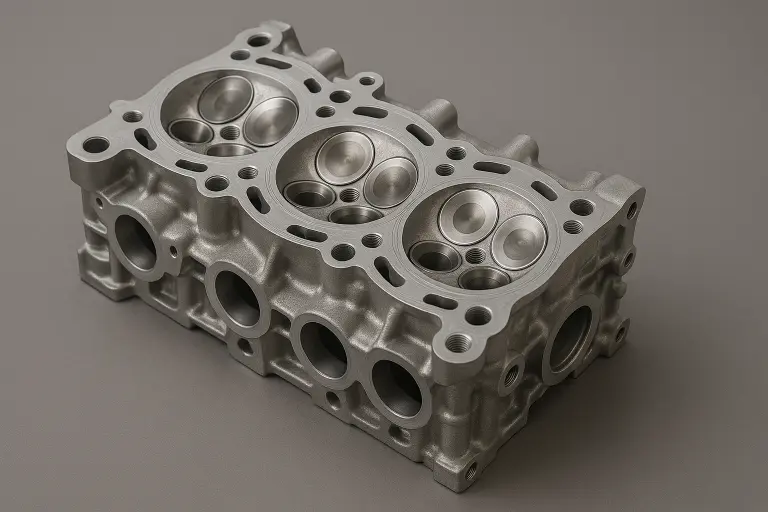How to Choose the Right Aluminum Automotive Components for Your Vehicle Design & Manufacturing Needs
Introduction
When it comes to vehicle design and manufacturing, selecting the right aluminum automotive components is a critical step that directly impacts performance, efficiency, and long-term durability. Whether you’re an engineer optimizing design specs, a business owner managing production timelines, or a buyer sourcing cost-effective solutions, choosing the right components—and more importantly, the right supplier—can make all the difference.
This guide will walk you through the key factors in selecting aluminum components for your automotive applications, including benefits, real-world examples, and tips for choosing the best manufacturing partner.
Why Aluminum is the Preferred Material in Automotive Components
1. Lightweight Advantage
Aluminum offers significant weight savings—up to 50% compared to steel—which is critical for improving fuel economy in traditional vehicles and extending range in electric vehicles (EVs).
2. Corrosion Resistance
In harsh environments, aluminum automotive components provide superior resistance to rust and corrosion, increasing the durability and longevity of the parts.
3. Excellent Machinability and Castability
Aluminum can be precision-machined and easily cast into complex shapes, making it ideal for both structural and functional automotive components.
4. Sustainability
Aluminum is 100% recyclable, reducing the carbon footprint and helping manufacturers meet global environmental regulations.
Applications of Aluminum in Automotive Design
| Component Type | Typical Manufacturing Process | Material Example | Benefits |
| Battery Housing | Die Casting | A356 | Lightweight, corrosion-resistant |
| Structural Mounts | CNC Machining | 6061-T6 | High strength, precision fit |
| Motor Housings | High Pressure Die Casting | ADC12 | Good thermal conductivity |
| Cooling Plate Components | Precision CNC + Coating | 6063 | Thermal performance, anti-corrosion |
Real-World Use Cases
Case 1 – Battery Pack Mounting Brackets (Europe)
A European EV manufacturer partnered with Welleshaft to develop lightweight, high-strength battery pack brackets. Using 6061-T6 aluminum and CNC machining, the solution achieved tight tolerances and exceptional corrosion resistance in winter road-salt conditions.
Case 2 – Motor Housing Castings (China)
A Chinese electric vehicle startup transitioned from heavy iron housings to ADC12 aluminum castings. The change reduced part weight by 40%, improved thermal efficiency, and simplified assembly.
Case 3 – Cooling Plate Components (North America)
For an electric SUV, Welleshaft engineered multi-cavity cooling plates from 6063 aluminum. These parts required high-precision CNC machining and surface coating to perform under extreme temperature fluctuations.
Choosing the Right Supplier for Aluminum Automotive Components
1. What to Look for in a Supplier
- Material Expertise:Deep understanding of automotive aluminum alloys and performance properties.
- Process Capabilities:Ability to handle CNC machining, die casting, surface treatment, and quality inspection.
- Design Support:Co-engineering assistance to optimize parts for manufacturability and performance.
- Scalability:Capacity to deliver from prototype to high-volume production.
2. Why Welleshaft?
Welleshaft specializes in delivering custom aluminum automotive components tailored to customer specifications. With years of experience across EV and ICE (Internal Combustion Engine) platforms, we provide:
- In-house design and engineering support
- Advanced machining and casting facilities
- Global shipping and competitive pricing
Conclusion
Choosing the right aluminum automotive components is more than just selecting materials—it’s about partnering with a manufacturer that understands your goals, timeline, and technical needs. At Welleshaft, we deliver precision, quality, and reliability from start to finish.
Contact us today to learn how we can support your next automotive project with high-performance aluminum solutions.

